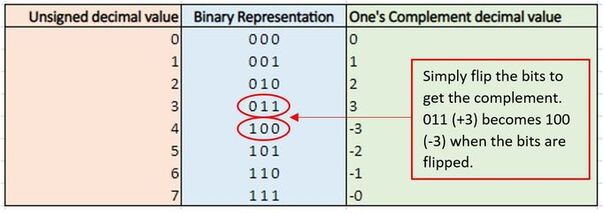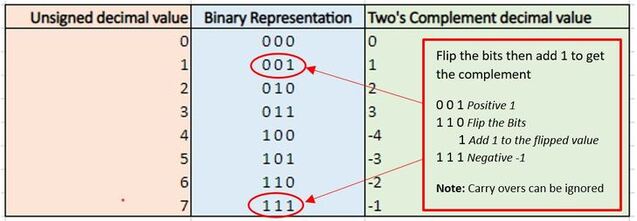1.1.6 | TWO'S COMPLEMENT |
|
Topics from the Cambridge IGCSE (9-1) Computer Science 0984 syllabus 2023 - 2025.
|
OBJECTIVES
1.1.6 Use two’s complement to represent positive and negative 8-bit binary integers
|
ALSO IN THIS TOPIC
1.1.1 NUMBER SYSTEMS 1.1.2 NUMBER SYSTEMS 1.1.3 NUMBER SYSTEMS 1.1.4 NUMBER SYSTEMS 1.1.5 NUMBER SYSTEMS YOU ARE HERE | 1.1.6 NUMBER SYSTEMS 1.2.1 TEXT, SOUND AND IMAGES 1.2.2 TEXT, SOUND AND IMAGES 1.2.3 TEXT, SOUND AND IMAGES 1.3.1 STORAGE AND COMPRESSION 1.3.2 STORAGE AND COMPRESSION 1.3.3 STORAGE AND COMPRESSION 1.3.4 STORAGE AND COMPRESSION TOPIC 1 KEY TERMINOLOGY TOPIC 1 ANSWERS TOPIC 1 TEACHER RESOURCES (CIE) |






